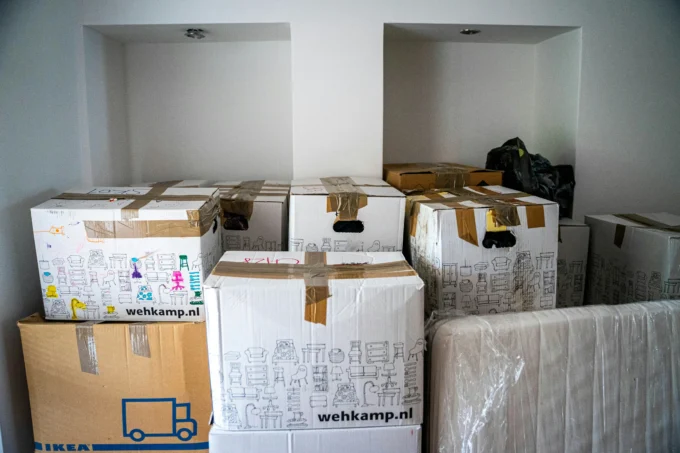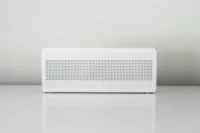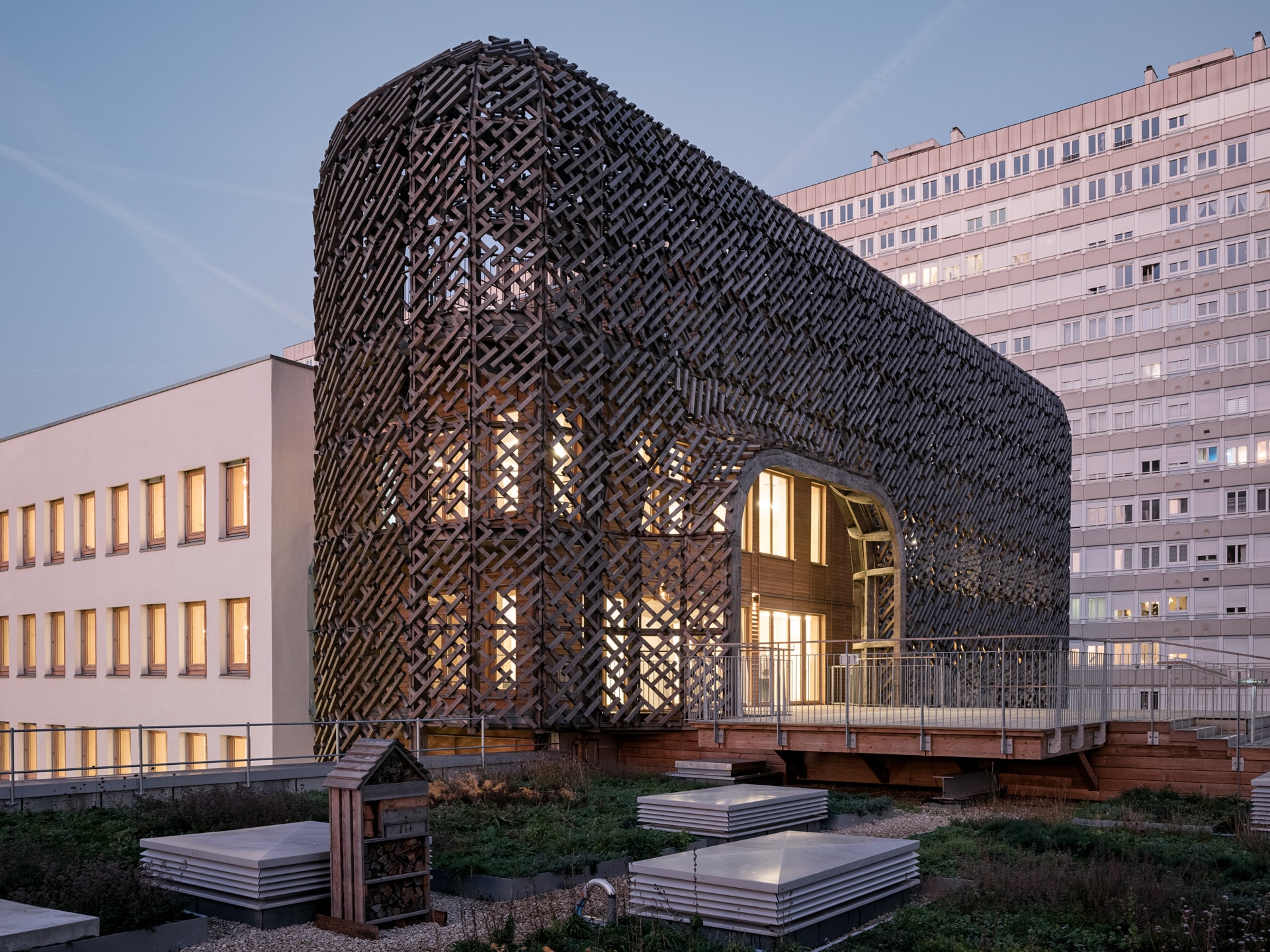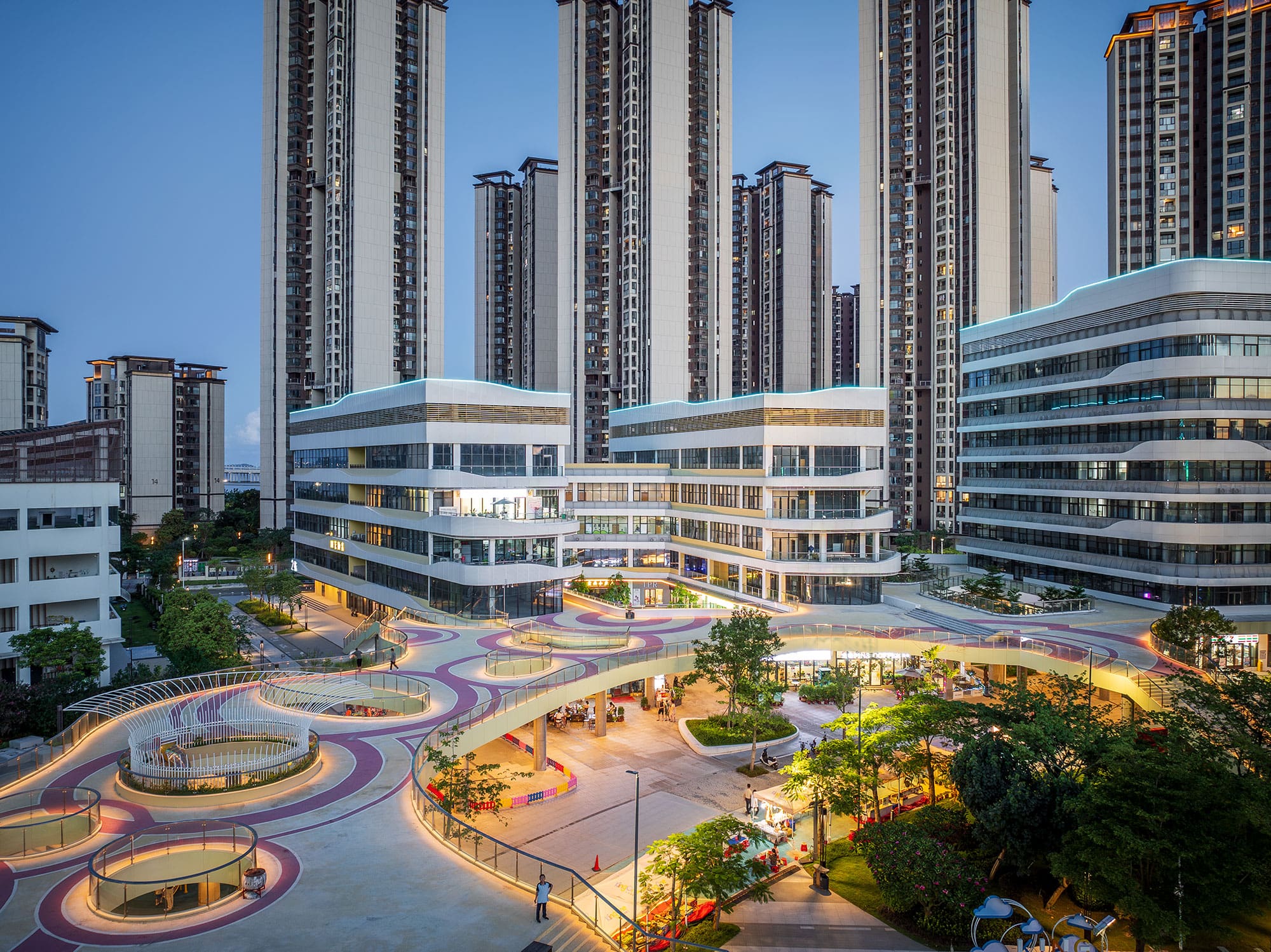- Home
- Articles
- Architectural Portfolio
- Architectral Presentation
- Inspirational Stories
- Architecture News
- Visualization
- BIM Industry
- Facade Design
- Parametric Design
- Career
- Landscape Architecture
- Construction
- Artificial Intelligence
- Sketching
- Design Softwares
- Diagrams
- Writing
- Architectural Tips
- Sustainability
- Courses
- Concept
- Technology
- History & Heritage
- Future of Architecture
- Guides & How-To
- Art & Culture
- Projects
- Interior Design
- Competitions
- Jobs
- Store
- Tools
- More
- Home
- Articles
- Architectural Portfolio
- Architectral Presentation
- Inspirational Stories
- Architecture News
- Visualization
- BIM Industry
- Facade Design
- Parametric Design
- Career
- Landscape Architecture
- Construction
- Artificial Intelligence
- Sketching
- Design Softwares
- Diagrams
- Writing
- Architectural Tips
- Sustainability
- Courses
- Concept
- Technology
- History & Heritage
- Future of Architecture
- Guides & How-To
- Art & Culture
- Projects
- Interior Design
- Competitions
- Jobs
- Store
- Tools
- More

The project is an interior architectural intervention focused on ‘re-functioning’ , which is recommended especially for children from economically and socially disadvantaged groups and is ‘educational, cultural and sheltering structure for orphans ‘. It is an intervention that spatially empathizes with social inequalities by re-gaining the self-confidence of these children, who are made to feel quite excluded besides the wealthy in today’s economic, social and cultural climate based on excessive consumption, by spatially constructing a collective welfare environment, not individually, for the deficiencies they need.
In this way, it is aimed to construct a life in which children, who might otherwise be marginalized with negative feelings towards the society, can feel love again by collectively protecting the society, their common spaces and their common assets. A ‘spatial spine’ that will bring them together and connect them together forms the main concept of this spatial empathy intervention.

Interior Architecture Concept
The main spatial backbone that will organize the collective life is based on a linear construct . The irregular cruciform structure of the existing building has been arranged with the green buffer elements formed in the inner shell, resulting in a very clear linear spine in the north-south direction. This linear spine has now become a collective ‘inner square’ where flexible, common, public functions can take place freely . This spine maintains its volume in the third dimension and extends parallel to the axis it created and integrates with the linear dormitory block articulated on it. The holistic interior volume formed is the heart of the imagined collective life . This volume will strengthen the ties of belonging of this micro-society through the continuity of the circulatory, visual and auditory connection. In this context, this fiction, formed at the interface of Architecture and Interior Architecture interventions, is an attempt at spatial empathy . While the regulator of this spine is the axial formation in question, its superstructure is the visual and sensory richness determined by color and texture elements . This common wealth will provide an environment of prosperity that many children and young people may never have, to the members of the color-spine school…

Social Areas and Dormitory Section Relationship
Functioning the entrance of the building as a social area supports the main theme of the project and the transfer of the conceptual emphasis to the space begins here. The dormitory section rises and sits right above this area, and a gallery space has been defined in this section in order not to interrupt the visual and auditory transmission between these two spaces. At the bottom of this gallery space, there is another complementary ‘lower spine element’ that runs parallel to the mini linear amphitheater on the ground level . This lower spine consists of cubic units that are added to each other like the wagons of a train, allowing perpendicular transitions to the spine axis at the joints. While the cubic shaped spaces in the entrance social area , articulated with color-texture combinations , are used for functions such as cafes, toilets, storage areas, the rear facades of the linear amphitheater facing the viewing section serve as digital screens in this section.

Laboratories and Library
A similar, holistic scenario was constructed between the library and laboratories in the northern part of the building. In this section, there are other workshops located around the robotics workshop in the middle on the ground floor, and the library, which is elevated and placed on this part (in a way that envelops the three-dimensional volume formed). Here, the robotics workshop, which is expected to work continuously, is the focus. By creating a gallery space on the library floor, the view was not interrupted and thus this focus was made readable from the library as well.

Auditorium and Green Spaces
In the multi-purpose auditorium section located on the basement floor, besides being the location for the collective activities of the educational structure, a seating area in the amphitheater and doors opening to the garden is designed as a place where socialization continues. Here it is envisaged that the students will use this space as a social area even when there is no activity and for this purpose , the contact with the garden is not interrupted at the foyer level . This contact-based relationship is arranged through pivot panels , providing flexible use and internal-external permeability.

Texture Elements
The color and texture elements mentioned above that give the main spine its identity are provided with various material combinations . In addition to the bare brick texture offered by the existing walls of the building, the variable relationships of wood and metal surfaces are combined with the element of color, making the visual and sensory richness dominate the entire space.

Collective Life-Belonging-Space
The project proposal defines a new understanding brought to the concept of space-belonging relationship through the concept of ’empathy’. He makes a claim that not only forms and symbols, but also tectonic and fictional elements of space can create identity and belonging to space.
Submit your architectural projects
Follow these steps for submission your project. Submission FormLatest Posts
BXB Studio’s Hybrid Interior: Redefining the Modern Architectural Workplace
The Warsaw headquarters of BXB Studio was established in a modest 70...
Juzen Chemical Corporation Head Office by KEY OPERATION INC. / ARCHITECTS
Juzen Chemical Corporation Head Office by KEY OPERATION INC. blends efficiency, employee...
James Baldwin Media Library and Refugee House by associer
In Paris’s 19th arrondissement, Atelier Associer has reimagined a 1970s secondary school...
KING ONE Community Center by E Plus Design
In Zhuhai, E+UV has turned four disconnected, underused buildings into the lively...























Leave a comment